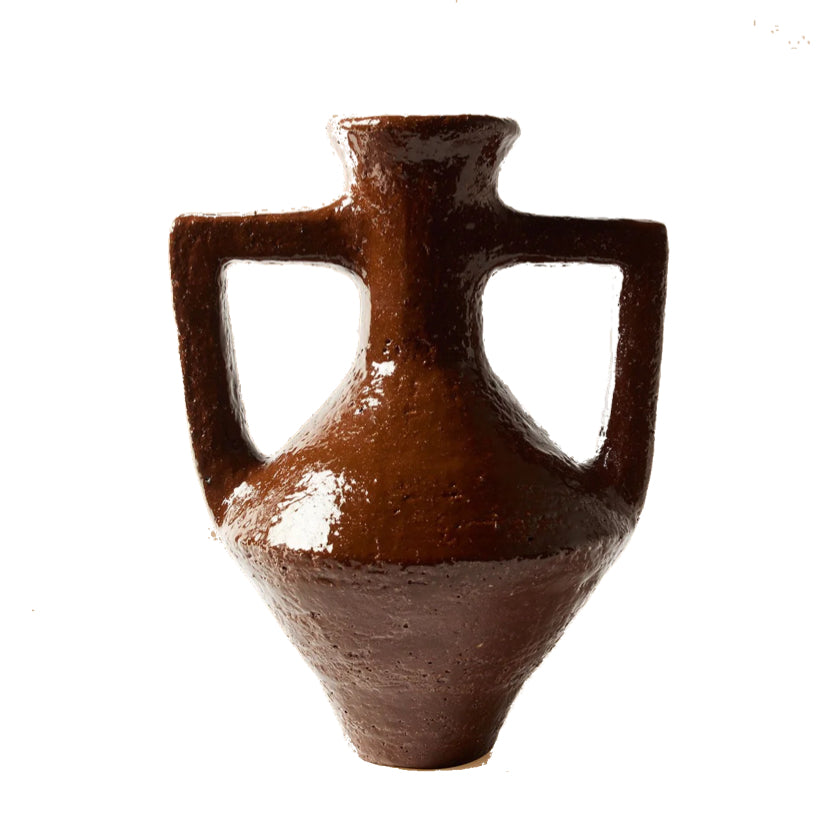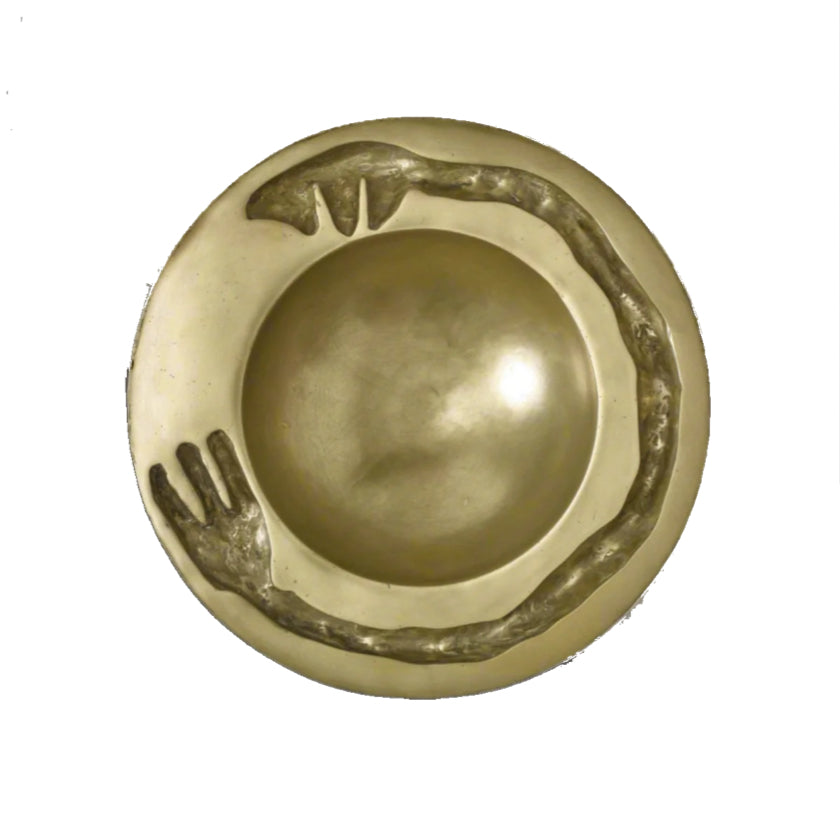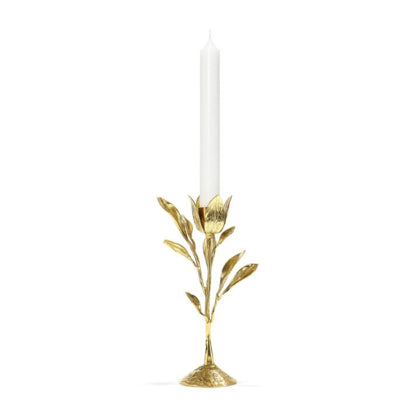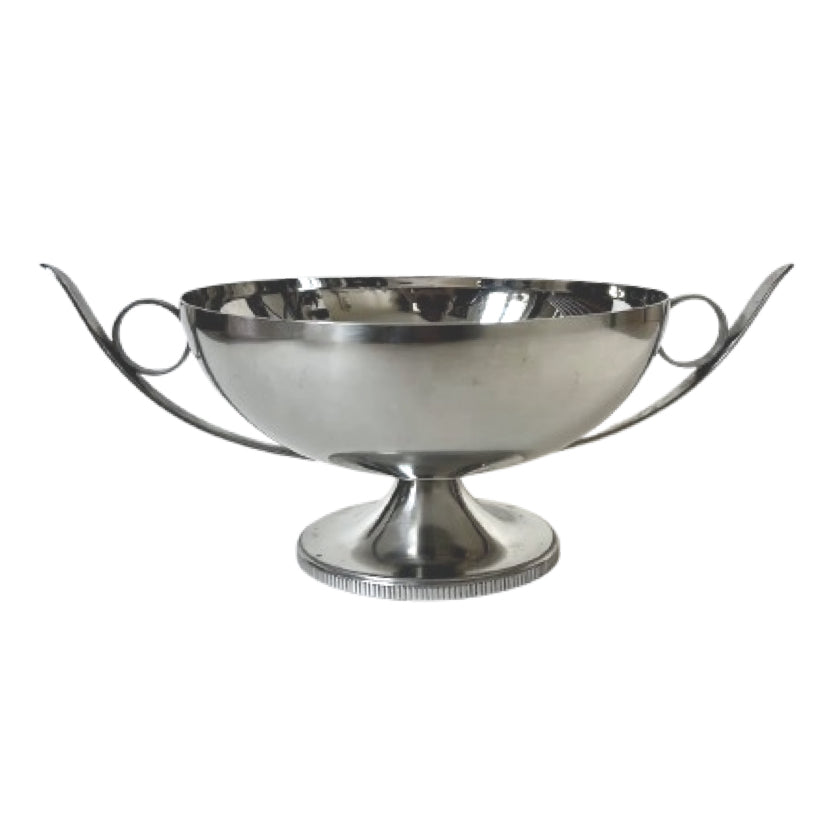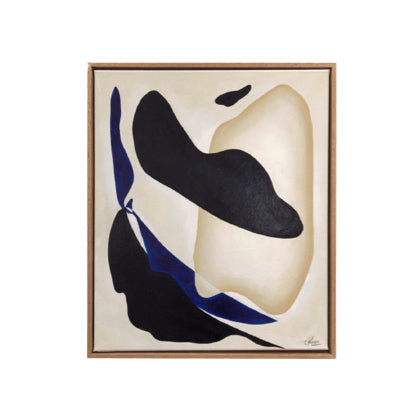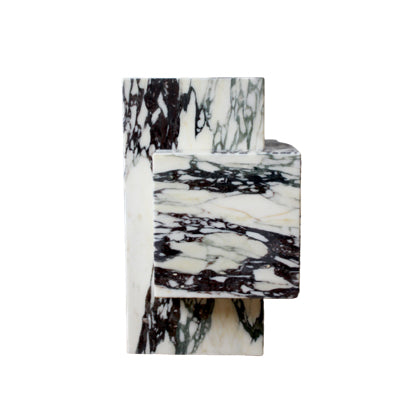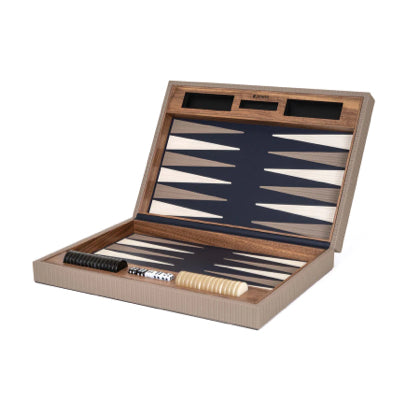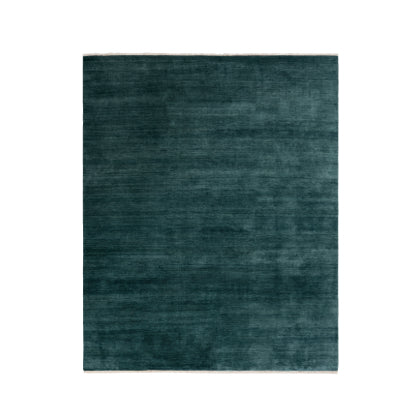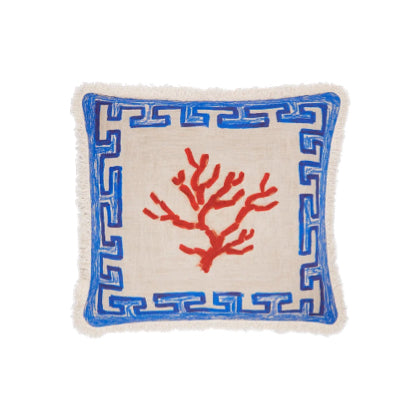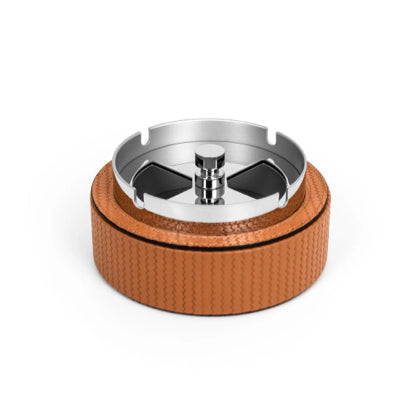Midcentury side table
The Allure of the Midcentury Side Table
In this collection, you will find varied designs that reflect the diversity of midcentury aesthetics, including stunning pieces from our mid century modern furniture selection.
Our curation philosophy centers on finding unique pieces that tell a story. Each midcentury side table in our collection has been selected for its craftsmanship and aesthetic appeal, ensuring that it not only serves a practical purpose but also sparks joy and conversation. These tables are often made from rich woods and incorporate innovative materials, exemplifying the creativity of their time. We believe that the right side table can enhance a room's ambiance, creating a perfect balance between style and functionality.
In this collection, you will find varied designs that reflect the diversity of midcentury aesthetics. From minimalist forms to more elaborate designs, each item captures the spirit of an era that valued both beauty and practicality. Styling with these side tables is an art in itself; they can serve as nightstands, occasional tables, or simply as decorative accents. Their unique charm allows them to fit effortlessly into any contemporary or traditional setting, making them a worthy addition to your home.
The evolution of modern design in furniture, particularly in the mid-20th century, is a fascinating reflection of societal change and artistic innovation. This era saw a shift from ornate, traditional styles to a cleaner, more functional aesthetic. Designers began to prioritize simplicity and utility, resulting in pieces that not only served a purpose but also expressed a sense of identity. The modern design movement emphasized the beauty of raw materials, often incorporating wood, metal, and glass in their purest forms. This approach allowed furniture to blend seamlessly into various settings, becoming as much about the experience of space as the individual piece itself.
One of the hallmarks of modern design is its ability to convey elegance without pretension. The clean lines and geometric shapes often found in vintage pieces evoke a sense of sophistication that remains relevant today. Many modern designs showcase a unique blend of function and art, where each item tells its own story while fitting harmoniously into the home. This versatility ensures that modern furniture can complement both contemporary and traditional interiors, making it a beloved choice for many homeowners.
Additionally, the cultural significance of modern design cannot be overstated. It emerged as a response to the chaos of the world, particularly after the two World Wars. Designers sought to create a new aesthetic that celebrated optimism and progress. This philosophy is evident in the furniture of that time, which often featured innovative materials and techniques. The modern movement has left an indelible mark on design, influencing countless generations and continuing to inspire new trends today.
Incorporating vintage elements into your home can create a warm and inviting atmosphere that speaks of character and history. When styling with vintage pieces, consider how they complement your existing decor. An antique side table can serve as a stunning focal point, especially when paired with modern accents. Think about using bold colors or contemporary lighting to highlight the unique features of your vintage find. This blend of styles not only showcases the beauty of the vintage item but also adds depth to your space, allowing it to tell a story of its own.
Caring for vintage furniture is essential to maintain its charm and integrity over the years. Regular dusting and gentle cleaning with appropriate products can help preserve the finish and prevent wear. Pay special attention to any intricate details that may require more delicate handling. Additionally, consider using coasters or placemats to protect surfaces from heat and moisture. By treating your vintage pieces with care, you ensure they remain timeless treasures in your home for generations to come.

